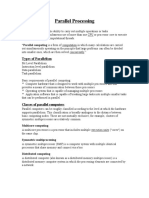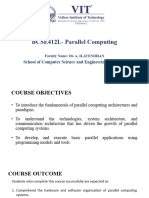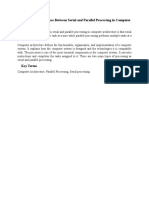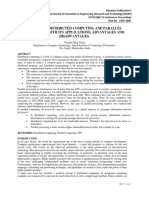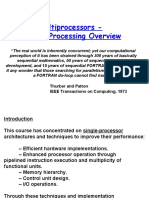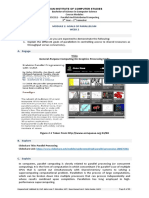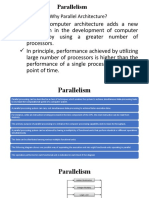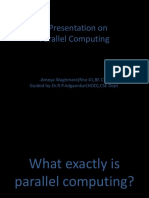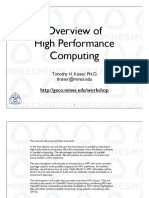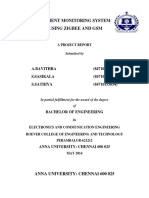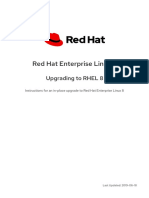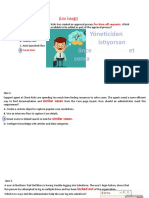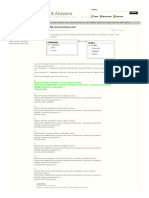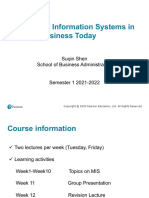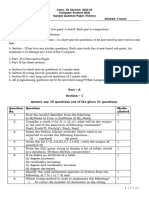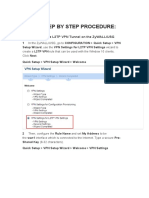0% found this document useful (0 votes)
19 views10 pagesParallel Processing
Parallel processing is a computing technique that enables multiple processors to execute tasks simultaneously, enhancing speed and efficiency in various applications like scientific simulations and big data analytics. It encompasses task parallelism, data parallelism, and hybrid approaches, while offering benefits such as reduced processing time and improved scalability. However, challenges like coordination complexity and debugging difficulties must be addressed for effective implementation.
Uploaded by
lambasurender34Copyright
© © All Rights Reserved
We take content rights seriously. If you suspect this is your content, claim it here.
Available Formats
Download as PPTX, PDF, TXT or read online on Scribd
0% found this document useful (0 votes)
19 views10 pagesParallel Processing
Parallel processing is a computing technique that enables multiple processors to execute tasks simultaneously, enhancing speed and efficiency in various applications like scientific simulations and big data analytics. It encompasses task parallelism, data parallelism, and hybrid approaches, while offering benefits such as reduced processing time and improved scalability. However, challenges like coordination complexity and debugging difficulties must be addressed for effective implementation.
Uploaded by
lambasurender34Copyright
© © All Rights Reserved
We take content rights seriously. If you suspect this is your content, claim it here.
Available Formats
Download as PPTX, PDF, TXT or read online on Scribd
/ 10

